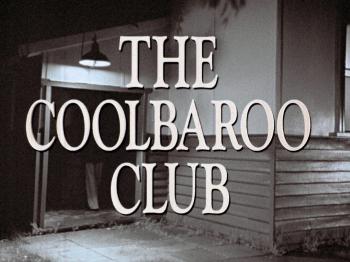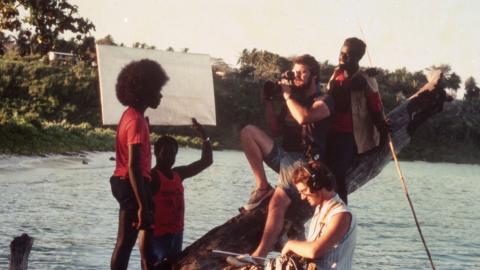Guest contributor Stephen Kinnane, the co-writer and co-producer of The Coolbaroo Club (1996) and a Marda Marda from Miriwoong Country, tells the story behind the award-winning documentary about the Coolbaroo League.
Warning: this article may contain names, images or voices of deceased Aboriginal and Torres Strait Islander people.




